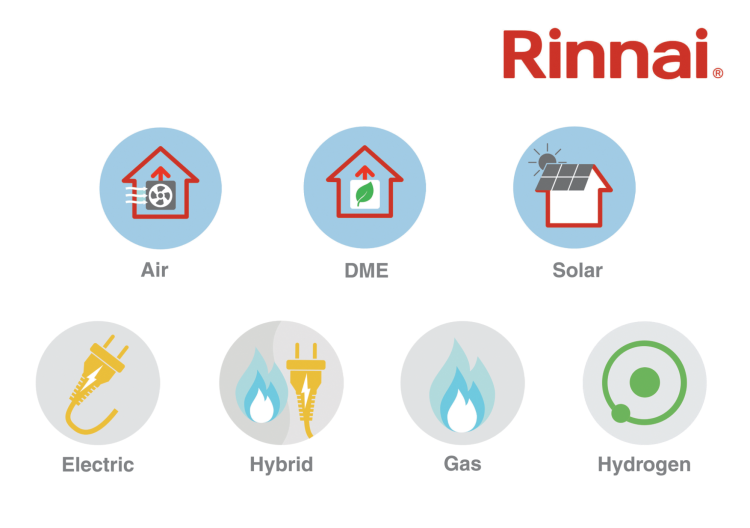- Content
- News
- Pilot Version of UK Net-Zero Carbon Buildings Standard Launches
27 September 2024 | Updated 01 October 2024
An industry-first net-zero standard for the built environment has launched.
The standard will be the first agreed methodology for defining “net zero carbon” for buildings in the UK and is championed by BBP, BRE, the Carbon Trust, CIBSE, IStructE, LETI, RIBA, RICS, and UKGBC.
Katie Clemence-Jackson, Chair of the Standard’s Technical Steering Group, said: “The Standard has been created not just using industry data on what is achievable, but also cross-referencing this with ‘top down’ modelling of what is needed to decarbonise our industry in line with 1.5°C aligned carbon and energy budgets. It covers all the major building sectors, as well as both new and existing buildings.
“With access to the Standard, the built environment industry is equipped to target, design and operate buildings to be net zero carbon aligned, driving the positive change that we need to meet our climate goals.
“I would like to thank all our volunteers from across the built environment who have contributed their time, experience and knowledge to allow us to develop a robust Standard. This has been an immensely collaborative process, and we couldn’t have achieved it without your support.”
The UK Net-Zero Carbon Buildings Standard aligns with limiting global temperature rise to 1.5°C, ensuring buildings stay within national carbon and energy budgets.
It covers both new and existing buildings across major UK sectors, including mandatory requirements for building performance and construction quality. A range of topics are addressed, such as upfront carbon, operational energy use, avoidance of fossil fuel use on-site, renewables and refrigerants.
The steering group is seeking applications for buildings to be used as pilot projects, the feedback from which will be incorporated into the publication of Version 1 of the Standard. Industry testing starts in 2025 to gather feedback before the final version's release.
You can download the UK Net Zero Carbon Buildings Standard here.
Picture: a photograph of a person holding a lightbulb towards the camera, with lit fairy lights coming out of it. Image Credit: Unsplash
Article written by Ella Tansley | Published 27 September 2024
Share
Related Articles
UK Net Zero Carbon Buildings Standard Appoints Bureau Veritas for Administrator Role
Bureau Veritas has been appointed to help develop the verification framework and methodology for the first version of the UK Net Zero Carbon Buildings Standard.
For an...
Read Full Article
McLaren Construction Appointed to Remodel Art Deco Landmark Brettenham House
Developer Helical has appointed McLaren Construction as the main contractor for the £90 million remodelling and refurbishment of Art Deco landmark Brettenham House...
Read Full Article
Global Alliance to Support 75% of Buildings That Haven’t Yet Gone Green
An initiative led by the UK’s Building Research Establishment hopes to help underperforming buildings unlock investments to help them decarbonise.
The Green...
Read Full Article
Willmott Dixon to Redevelop New Oxfordshire Council HQ
Oxfordshire County Council has appointed Willmott Dixon to redevelop Speedwell House in Oxford to create a 5,200m2 net-zero in operation office.
The four-storey...
Read Full Article
Global Green Building Alliance Publishes Sustainable Finance Guide
The recently formed Global Green Building Alliance has created a sustainable finance guide to drive the $35m investment needed across the globe to achieve...
Read Full Article
China’s First Net-Zero Operational Carbon High-Rise
The Z6 Tower in Beijing has become the first high-rise office building in China to be awarded a “Net Zero Carbon Outstanding”...
Read Full Article
Building Research Establishment Forms Sustainable Built Environment Alliance
Three green building authorities, including the Building Research Establishment, have formed an industry-first, international alliance to raise awareness of sustainable...
Read Full Article
Planning Permission Granted for the UK’s Most Sustainable Neighbourhood
A 7.9-hectare brownfield site in East Sussex will be transformed into the UK’s most sustainable neighbourhood.
Watch the...
Read Full Article
Oxford United Plans First-Ever Electric Stadium
Oxford United Football Club is hoping to deliver a low-carbon football stadium powered entirely by electricity.
The League One club will submit a planning application...
Read Full Article
Salford's Eden Building Reaches Completion
One of the UK’s most sustainable office buildings has reached completion.
Eden, a 12-storey office building in Salford, also features Europe’s largest...
Read Full Article

.gif)


.gif)
.gif)







.png)

